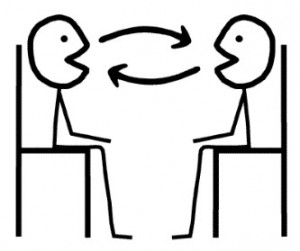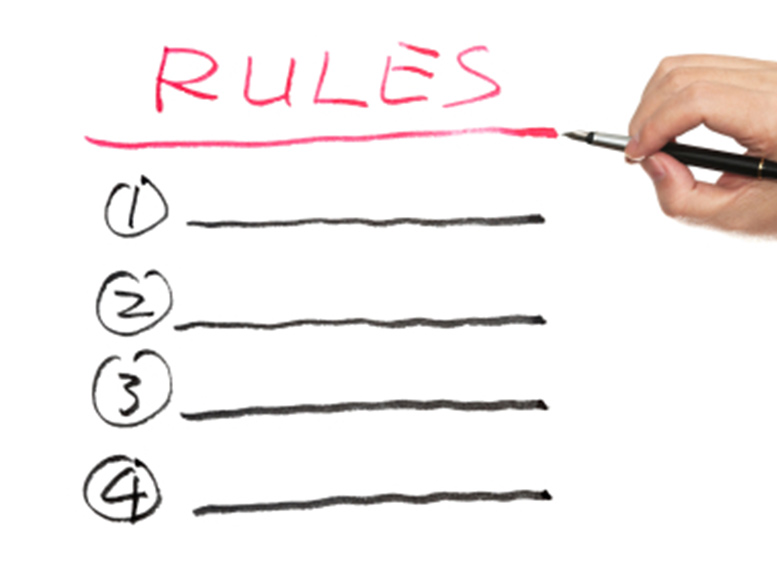As I often say, the best teams are composed of people with a variety of skills, experience, points of view and personalities. Yes, there may be clashes at times, and…when managed effectively, those differences can spark innovation and even lead to closer relationships.
The key to finding harmony in those “different notes” on the team is recognizing…well, more importantly, accepting… that others may have a different approach to solving problems, to communicating, to making decisions, to working. Leaders need to lay the groundwork for productive dissonance. Team members need to develop awareness around their own style and then learn to recognize and adapt to others. Here are some tips for recognizing and adapting in some typical team interactions.
Team meetings. Extraverts speak to think, and are quite comfortable launching and bouncing around numerous ideas and comments in quick succession. Some of these never land at all and extraverts are OK with that. Introverts, on the other hand, think to speak. They prefer to listen and reflect on one idea at a time. How to adapt: Extraverts, slow down. Breathe. Put the ideas on a whiteboard so team members can begin to reflect on them. Introverts, take some time before the meeting to think through your ideas on the topic so you can be prepared to add them to the list. Propose a structure for prioritizing and narrowing the field of ideas so each can be reviewed and discussed by the whole team.
Team building. Extraverts are energized by other people, and often look at team building as an opportunity to socialize with the entire team. And anyone else who happens to be in the vicinity of the event. The more the merrier. Introverts, on the other hand, prefer smaller groups and as a result tend to build deeper relationships. For them, team building happens one one-on-one get-together at a time. How to adapt: Extraverts, recognize that all-team socials are not the only way to bring the team closer together. Consider small group lunches and other, lower-key team building alternatives. Introverts, attend at least one team social, even if you don’t stay for long.
Team work. Extraverts favor working collaboratively, surrounded by lots of buzz and activity. Open work environments with lots of interactions during the day are just fine, in fact energizing for them. Introverts, on the other hand, prefer quiet workspaces with plenty of opportunities to work solo and spend time in reflection and deep concentration. How to adapt: Extraverts, resist the temptation to interrupt your introvert teammate to chit chat or seek feedback on an idea. Instead, schedule lunch or a specific time to get together. And make the suggestion via email. Introverts, recognize that some ideas are just too great to contain! If you absolutely DO NOT want to be disturbed or need time to recharge, consider working in a conference room for a few hours.
Making the effort to recognize and appreciate other team members’ work styles, preferences and hot buttons, and helping them understand yours is perhaps the best team building strategy of all!
Till next time,
Karen









